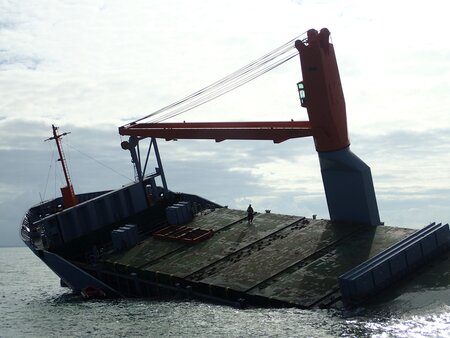To remove or not to remove? Dealing with pollution risks from ship wrecks (2017)
21 September 2017

Paper by Mark Whittington, Ann Zhang, David Campion
International Oil Spill Conference 2017, Long Beach, California, 15-18 May 2017
The navigational and environmental risks posed by ship wrecks have presented a challenge to governments and the maritime industry for decades. In more recent years a consensus has developed worldwide based on assessing these risks and undertaking measures proportional to the severity of those risks. This approach has been formalised in the Nairobi International Convention on the Removal of Wrecks 2007.
With recent developments in salvage technology and equipment, the options for pollutant removal from wrecks, and the removal of entire wrecks, are becoming viable for scenarios which were previously deemed infeasible. Together with a general heightened environmental concern worldwide about impacts to the marine environment, decision-making on wreck removal and associated pollutants is under the spotlight.
Based on ITOPF's extensive experience providing advice on pollution mitigation and environmental risks posed by wrecks, this paper examines recent issues in the treatment of wrecks. The authors highlight some key concerns regarding the equitable treatment of wrecks and argue that a more rigorous, technically-based decision making process be adopted and promoted to ensure clarity and consistency for all parties.
Categories: Planning & operations, Papers
